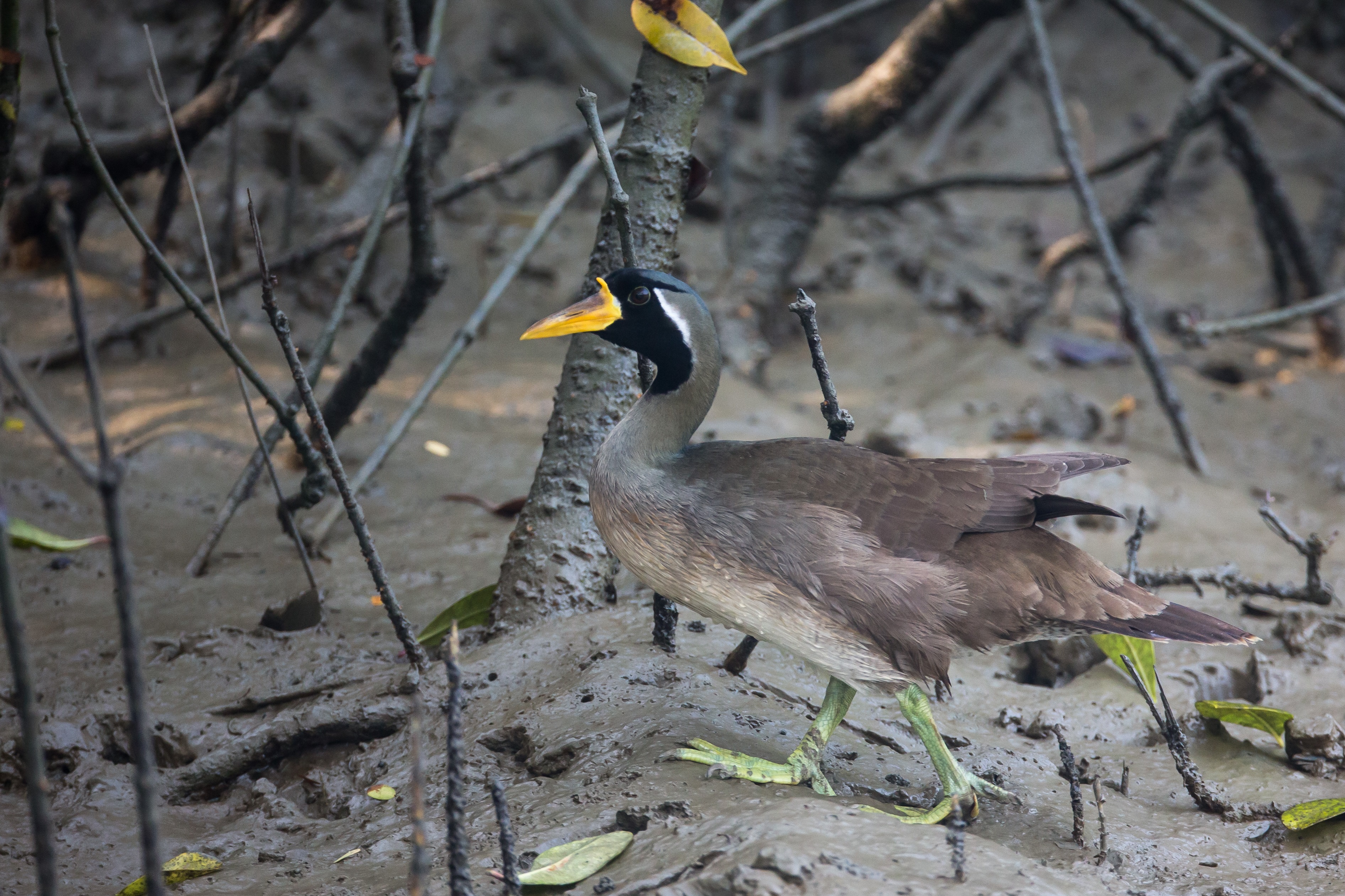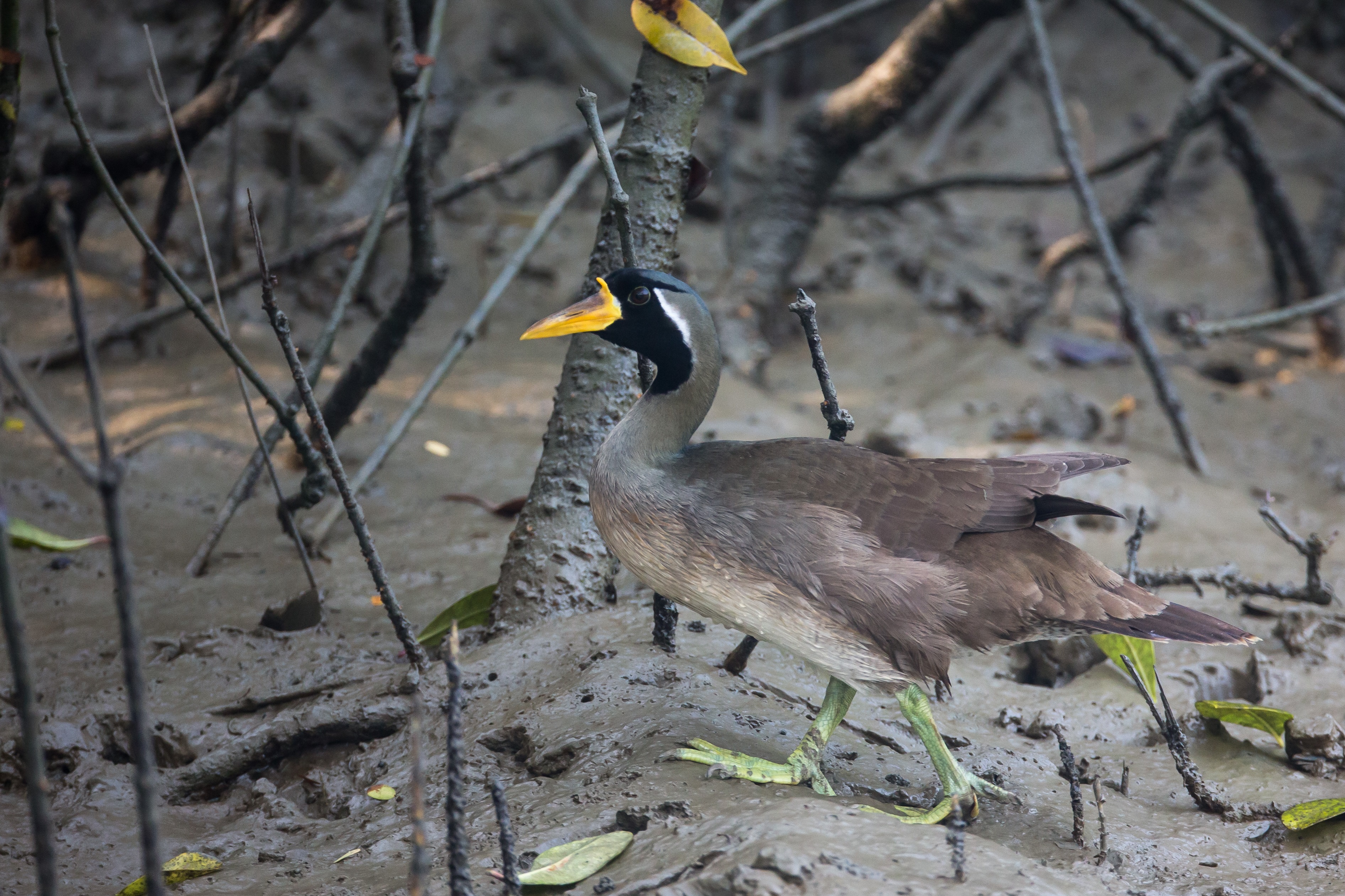At the 10th Meeting of the Partners to the East Asian – Australasian Flyway Partnership (EAAFP MoP10) in Hainan, China, thirty-seven Partners of the EAAFP agreed to collaborate and promote the importance of the conservation of short-distance migratory waterbirds and their habitats in the Southeast Asian region.
Mr How Choon Beng (NParks, Singapore) said, “Besides supporting a quarter of global bird diversity, the Southeast Asian region is an integral part of the East Asian-Australasian Flyway, hosting more than 15 globally threatened migratory waterbirds including the Critically Endangered Spoon-billed Sandpiper. Close coordination beyond national borders is vital in ensuring the adequate protection of these birds.”
Mr. Vinayagan Dharmarajah (BirdLife International) said, “Presently, a number of short-distance migratory waterbirds are listed under the International Union for Conservation of Nature (IUCN)’s Red List as globally threatened. These species include the Masked Finfoot (Endangered) and the Sarus Crane (Vulnerable).
He continued that, “In particular, populations of the Sarus Crane have declined steeply across Southeast Asia, with the effect that remaining populations are small and fragmented and are found in only Myanmar, Thailand, Cambodia and Vietnam. Unlike the better-known, long-distance migratory species, the short-distance migrants of the EAAF are less studied, and thus there has been far less effort to conserve them.”
“We recognise the limited knowledge that exists in relation to many short-distance migrants and encourages ASEAN member state partners to pool and share new information on these species at the regional-level.” Mr. Dharmarajah also pointed out, “More importantly, we need to drive action on these species by strengthening frameworks for cooperation between ASEAN member state partners with conservation organisations in the region, and develop funding opportunities and financing frameworks for conservation projects.”
The ASEAN Flyway Network (AFN) was recently formed in 2017 that aims to strengthen collaboration and cooperation for the conservation of wetlands and migratory waterbirds. ASEAN stands for The Association of Southeast Asian Nations, made up of 10 countries which also sits in a region of rich biodiversity.
Dr. Sheila Vergara (ASEAN Centre for Biodiversity) said, “Following on from the establishment of the AFN, the AFN welcomes inputs from partners on the current status of all migratory waterbird species in the region, recognizing that there remains large gaps in the knowledge on the distribution and movements of many migratory waterbirds in the Southeast Asian region.
It is hoped that there will be initiative to drive the mobilisation of resources to develop action plans for priority species such as the Sarus Crane, as well as identify potentially important sites for conservation.

The Endangered Masked Finfoot (Photos credit: Yann Muzika)





